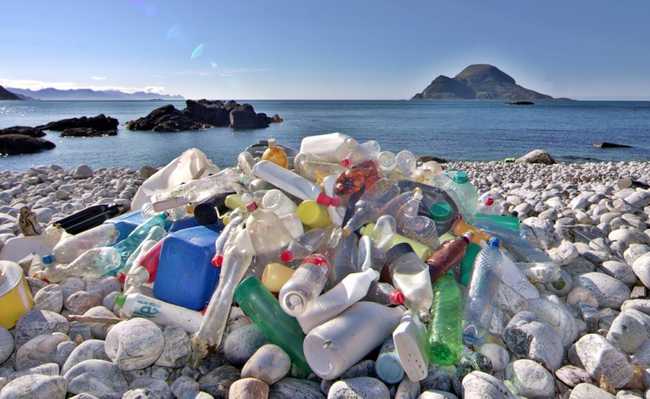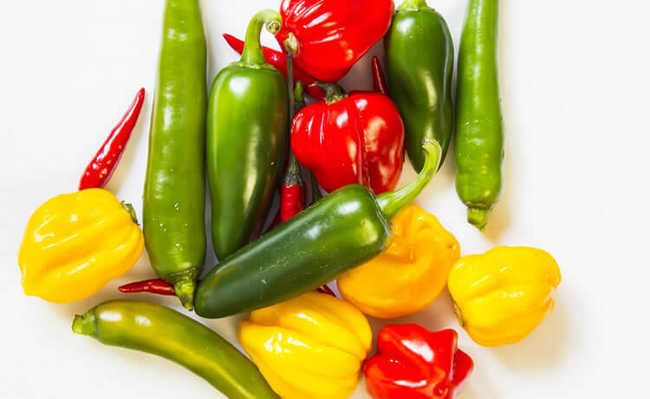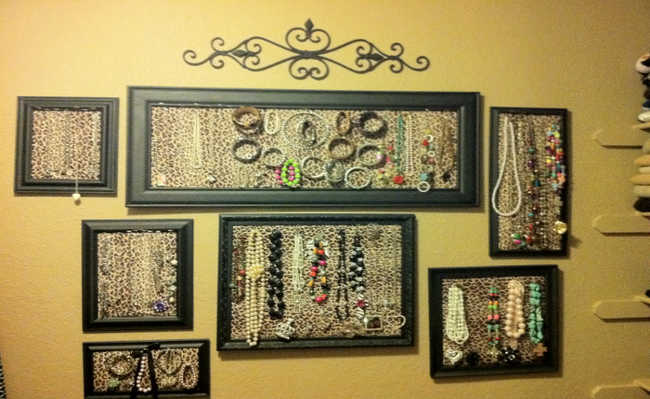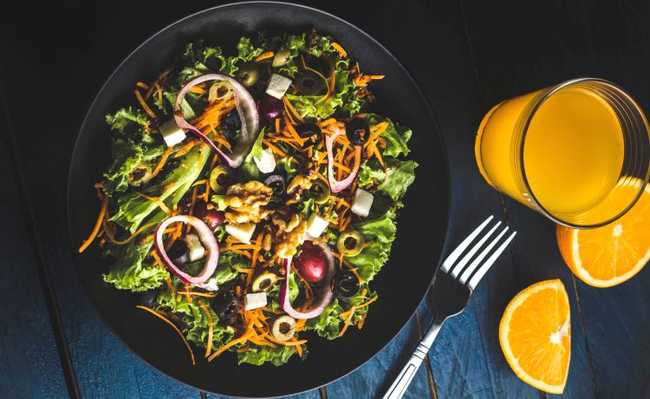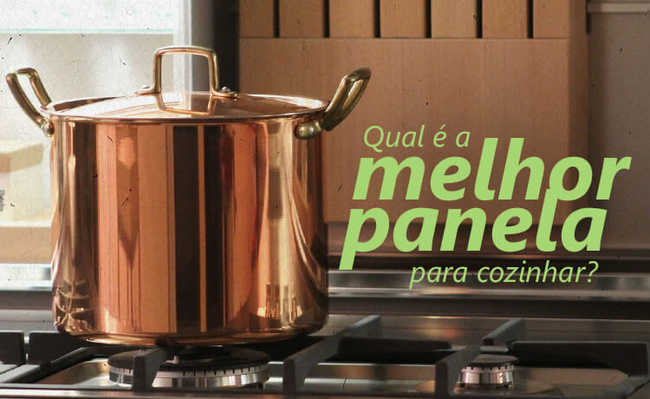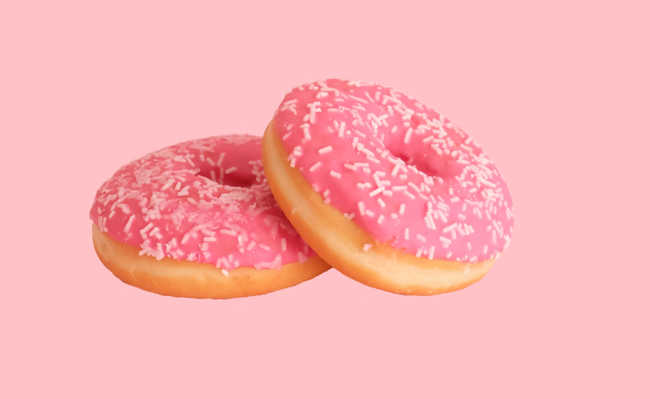Is plastic film recyclable?
The plastic film you used to pack a food that has already been consumed can be recycled!
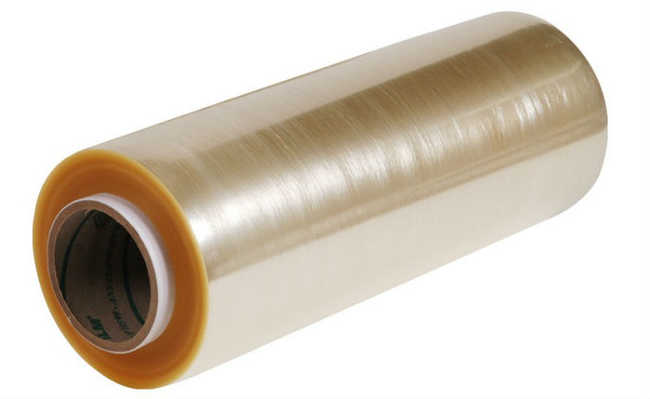
It is very common to find foods wrapped in clear plastic - both in the supermarket and at home, when we store them to prevent spoilage. This plastic is PVC (polyvinyl chloride) film, which is practical for storing food as it adheres very well to surfaces. In addition, it protects food from fungi and bacteria and has a high permeability to gases, which makes it an option for the packaging of "in natura" products that "breathe" (consuming oxygen and releasing carbon dioxide), even inside the packaging. However, despite its practicality and protection against fungi and bacteria, plastic PVC film can release phthalates into food, so be careful when packing food with them. If necessary, never bake food together with plastic, as the heat helps release more plasticizer for the food.
PVC film is a versatile, tough, durable, waterproof and 100% recyclable plastic. It does not corrode, is a good thermal and acoustic insulator, does not propagate fire and can be produced in any color, from transparent to opaque, and can be both rigid and flexible.
With this, we can already see that PVC is a very important material for our daily lives, whether in civil construction, in the food, toys, shoes, wires and cables, coatings, in the automobile industry, etc.
Composition
Unlike other plastics, PVC film is not entirely petroleum-based. Its main raw material is sea salt (57%), and 43% of its composition is ethylene or ethylene (derived from petroleum). This, according to the industry, is the material's main environmental advantage.
Recycling
Most products made with PVC (window profiles, water distribution and sewage pipes, cable sheathing, etc.) have a long service life (around two to one hundred years). PVC packages, on the other hand, have a shorter shelf life, as they are disposable.
Once recovered, PVC can be reprocessed to produce a wide variety of "second generation" products. In its recycling there are no harmful emissions to the environment or to the worker, according to industry insiders. However, there are researches that indicate problems in its production process, mainly due to the use of chlorine, which can release dioxins. These and other substances released in the production process are bio-accumulative - persisting in the environment, and therefore causing environmental degradation.
Although it is possible to recycle PVC plastics, the recycling rate for this material in Brazil is still small, but growing. According to surveys commissioned by the Instituto do PVC in recent years, the percentage of recycling was around 18%.
To change these numbers, when you are going to throw a plastic PVC film in the trash, clean it first (if possible with reuse water to avoid waste) and then put it in the place indicated for plastics in the selective collection. You can also request the service from cooperatives. See below for where to find the disposal point closest to your home.


